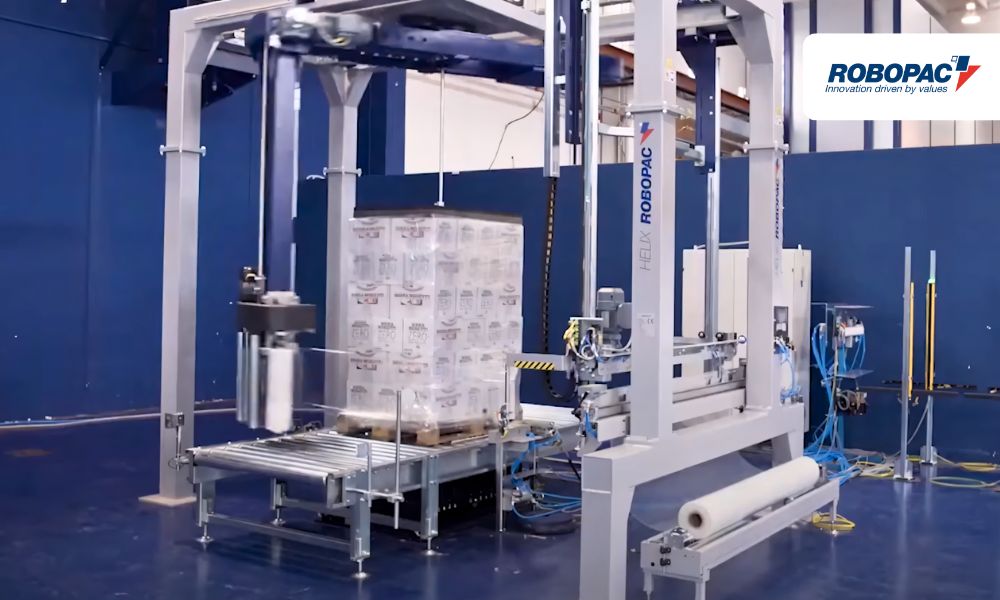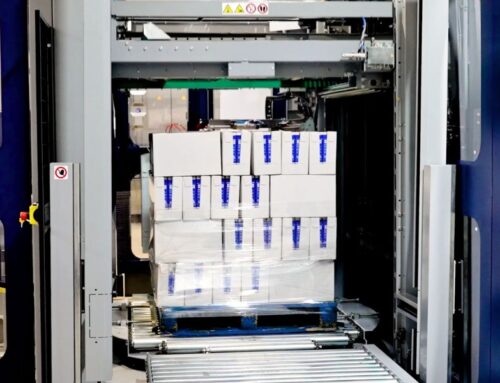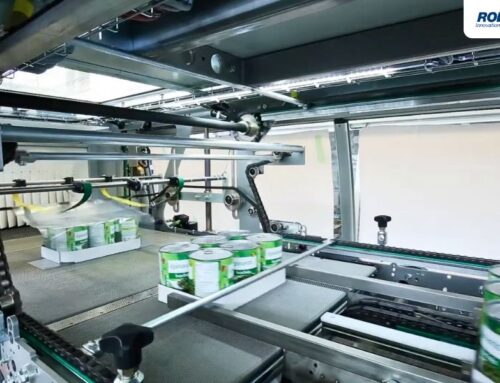Stretch wrapping has significantly improved how products are protected and transported, and the latest innovations in stretch wrap machine technology are taking this to the next level. From optimizing efficiency to reducing costs and waste, these advancements are changing the logistics landscape. Explore the cutting-edge technologies driving enhancements in stretch wrapping and learn how they streamline operations and ensure load integrity.
Automated Film Placement
Modern stretch wrap machines now feature advanced automation technologies that precisely place and apply the stretch film onto palletized loads. Robopac USA’s patented Cube Technology provides consistent coverage without manual interference, significantly cutting down on operator errors. The targeted application of stretch film improves load containment and boosts throughput.
The automation behind these machines eliminates inconsistencies often caused by manual wrapping. By optimizing how the film is applied, companies can reduce unnecessary film usage, saving on operational costs while minimizing waste.
Smart Film Tension Control
One game-changing development in stretch wrap technology is the integration of smart film tension control. By using sensors and smart controls, these machines can dynamically adjust the film’s tension throughout the wrapping process. Cube Technology also makes sure the film is stretched to the perfect degree for superior containment and no risk of tearing.
The beauty of smart film tension control lies in its ability to adapt to different loads. Whether dealing with fragile goods or dense, high-weight pallets, this technology optimizes wrapping for secure transport and storage.
Multilevel Variable Controls
Industrial stretch wrap machines equipped with Robopac USA’s Cube Technology reach new levels of precision and adaptability. These devices can divide a load into nine layers and control several stretch-wrapping variables in each layer.
Cube Technology makes decisions on the following variables in each layer:
- Speed of the unit: This determines the efficiency and productivity of the wrapping process.
- Speed of the film carriage: This dictates the rate at which the film is dispensed, allowing for precise control and even distribution.
- Amount of wrapping force: This variable regulates the tightness of the wrap, ensuring secure and stable load containment.
- Amount of pre-stretch: This optimizes film usage and reduces material costs.
- Whether to apply roping: This variable offers the option to apply narrowed layers of film in strategic areas for added load stability.
- Whether to use a reinforcement band: This allows for the application of multiple wraps of stretch film to reinforce load integrity and strength.
Cloud-Based Remote Monitoring
Cloud-based remote monitoring systems are redefining how businesses manage their stretch wrap operations. Sophisticated systems, like Robopac’s Rconnect, provide 24/7 access to real-time data on machine performance, film usage, and potential issues.
With this technology, businesses can analyze data to uncover inefficiencies, predict maintenance needs, and stay ahead of potential machine downtime. Real-time connectivity improves equipment productivity and empowers decision-makers to promptly address maintenance needs and optimize equipment use. The result is a smoother, more reliable, and data-driven packaging process.
Advanced stretch wrap machine technology improves efficiency, reduces waste, and optimizes product protection. Cube Technology automates film placement and applies perfect tension control, while users have total control over the pallet wrapping process and can dictate the stretch wrap settings in nine layers. Finally, Robopac’s Rconnect collects, processes, and controls data from connected machines, which users can access to monitor their stretch wrap system performance.







